 July 20, 2007: Just a month after the original iPhone goes on sale, the first third-party app gets compiled and launched for the new platform.
July 20, 2007: Just a month after the original iPhone goes on sale, the first third-party app gets compiled and launched for the new platform.
Called “Hello World,” the software serves more as a proof of concept than a serious tool. But it demonstrates that third-party apps will become a cornerstone of the new iPhone economy. It’s a shame Apple doesn’t get the memo.
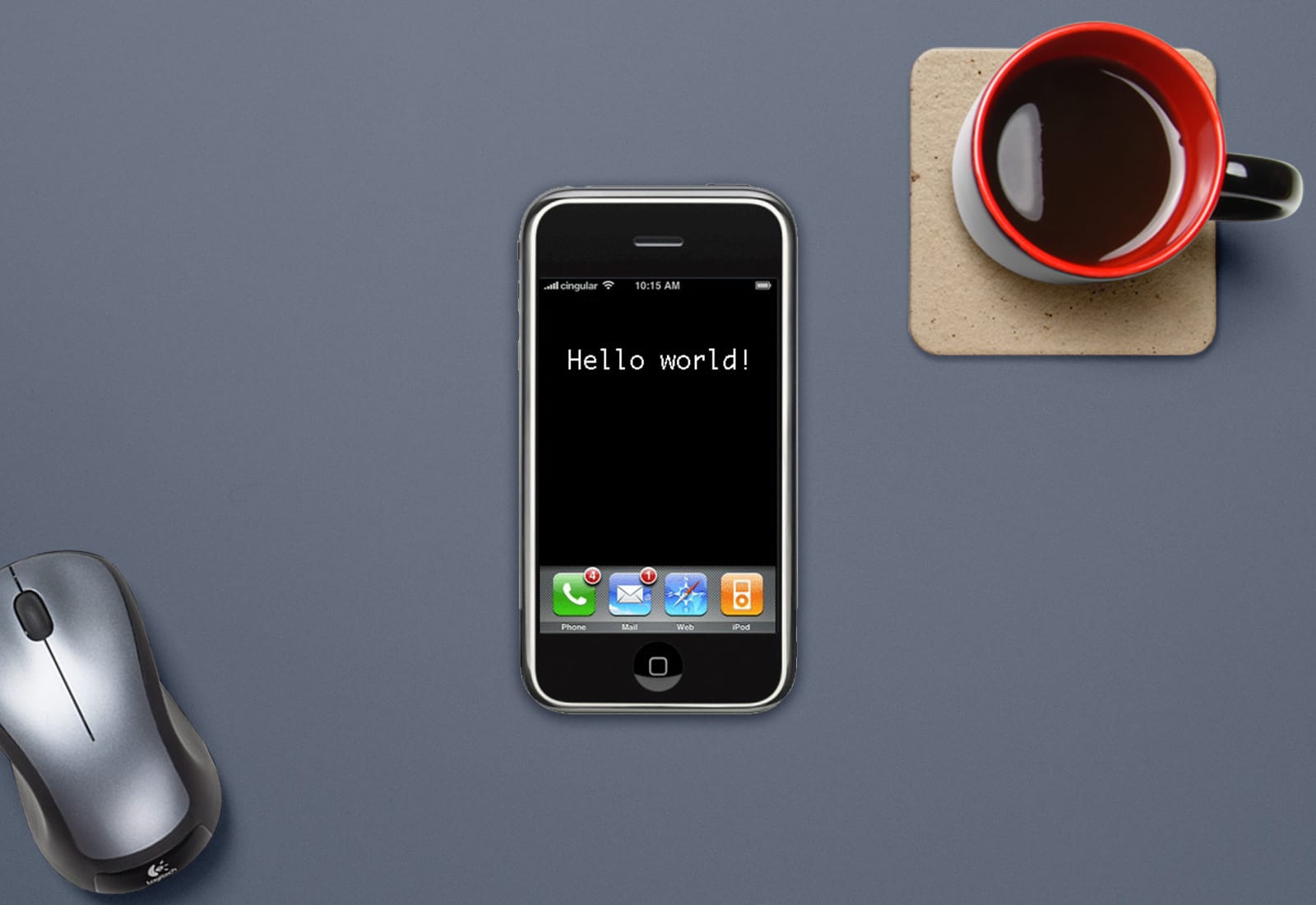
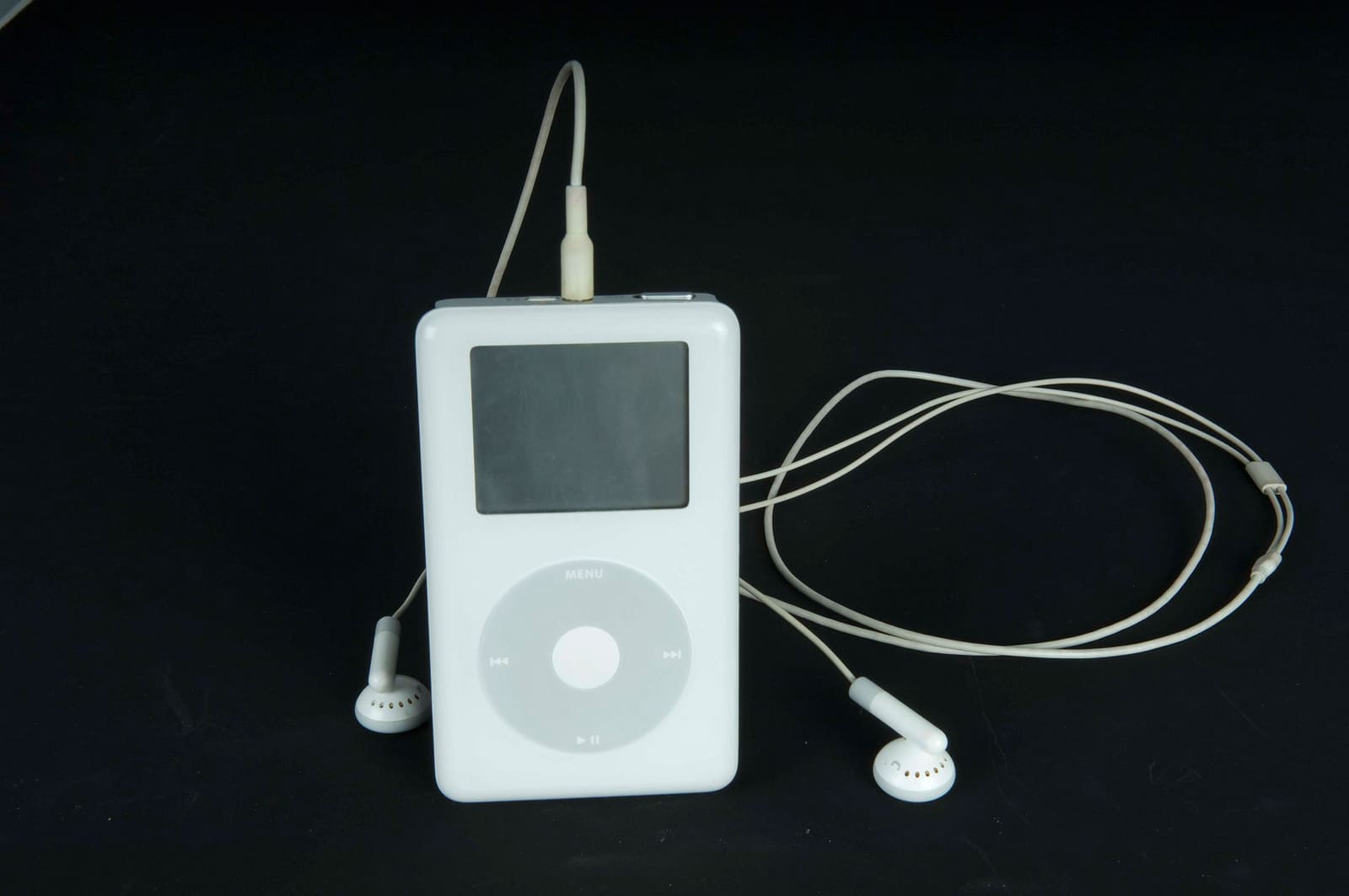
 July 19, 2004: The fourth-generation iPod brings neat innovations to the popular audio device, including the Click Wheel interface recently introduced on the iPod mini.
July 19, 2004: The fourth-generation iPod brings neat innovations to the popular audio device, including the Click Wheel interface recently introduced on the iPod mini.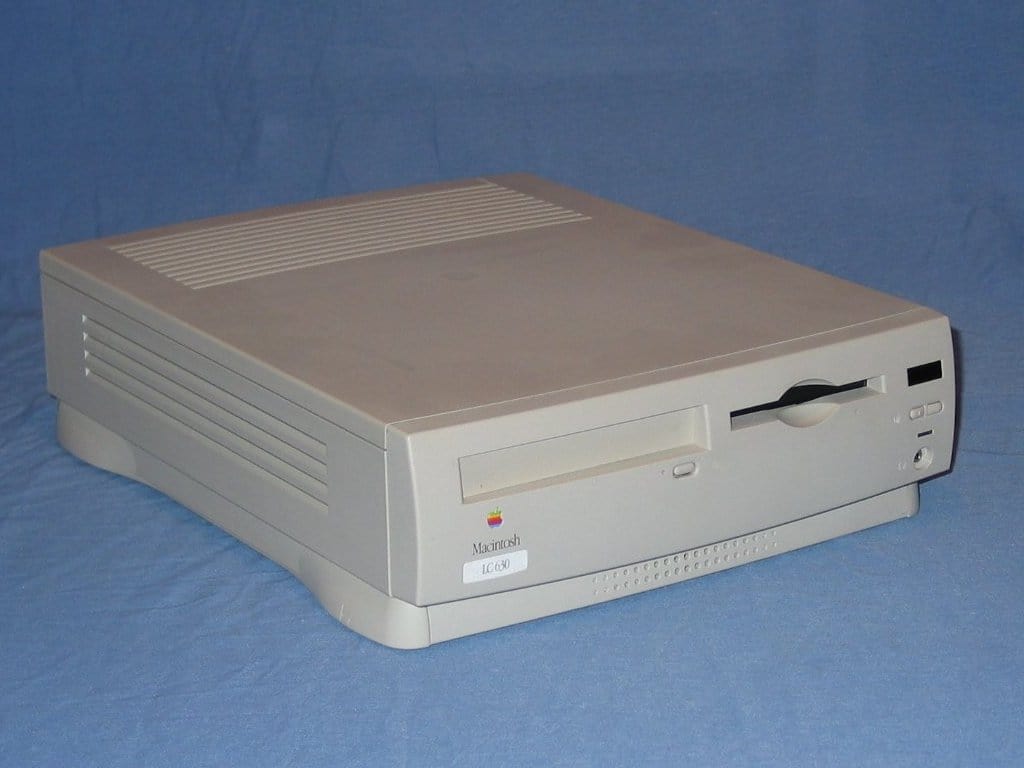
 July 18, 1994: Apple launches the Quadra, Performa and LC 630 Macintoshes, three similar computers with slight differences tailored for the professional, home and educational markets.
July 18, 1994: Apple launches the Quadra, Performa and LC 630 Macintoshes, three similar computers with slight differences tailored for the professional, home and educational markets.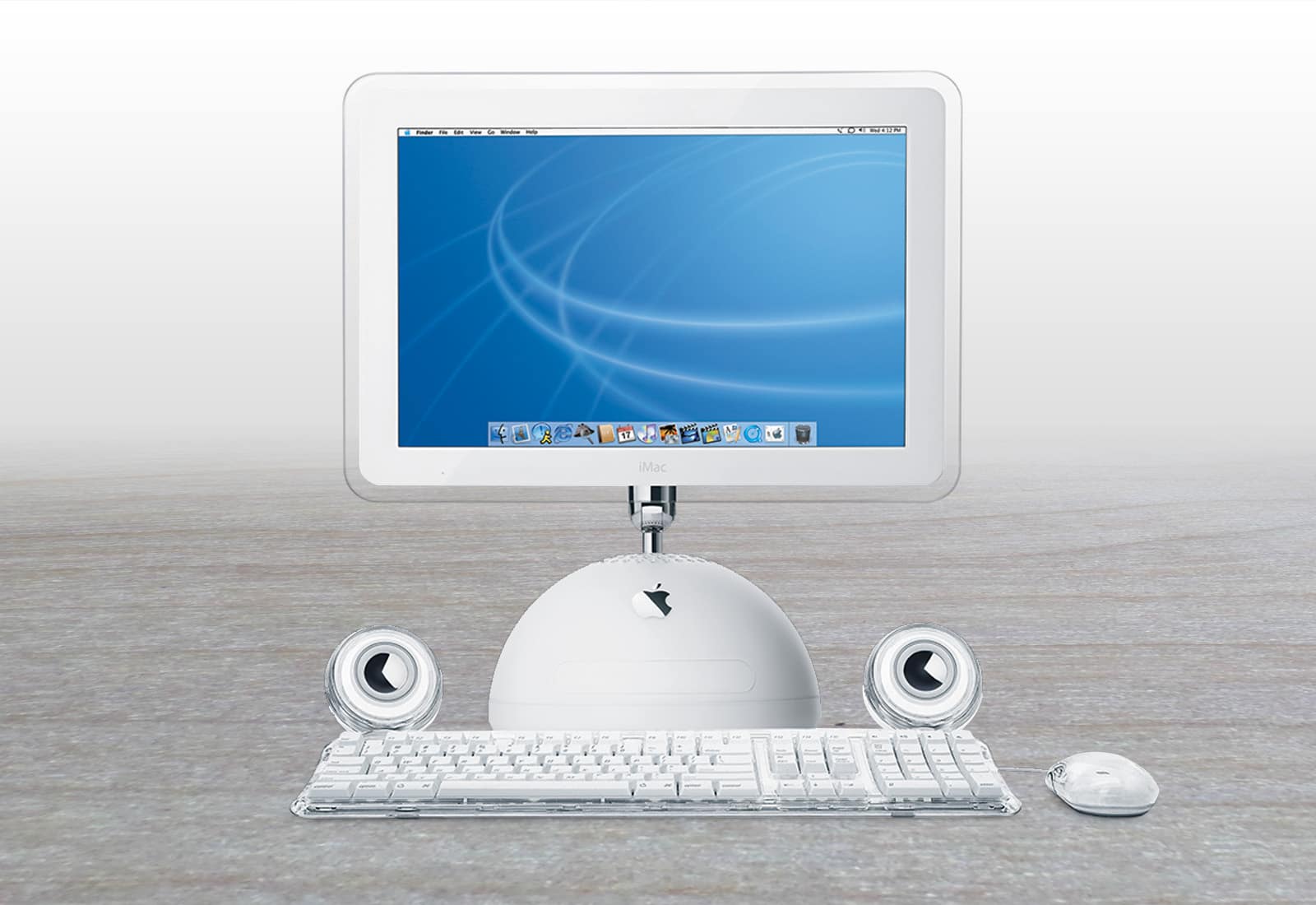
 July 17, 2002: Apple ships a new super-sized iMac G4, offering a 17-inch widescreen LCD display that becomes the envy of most computer users at the time.
July 17, 2002: Apple ships a new super-sized iMac G4, offering a 17-inch widescreen LCD display that becomes the envy of most computer users at the time.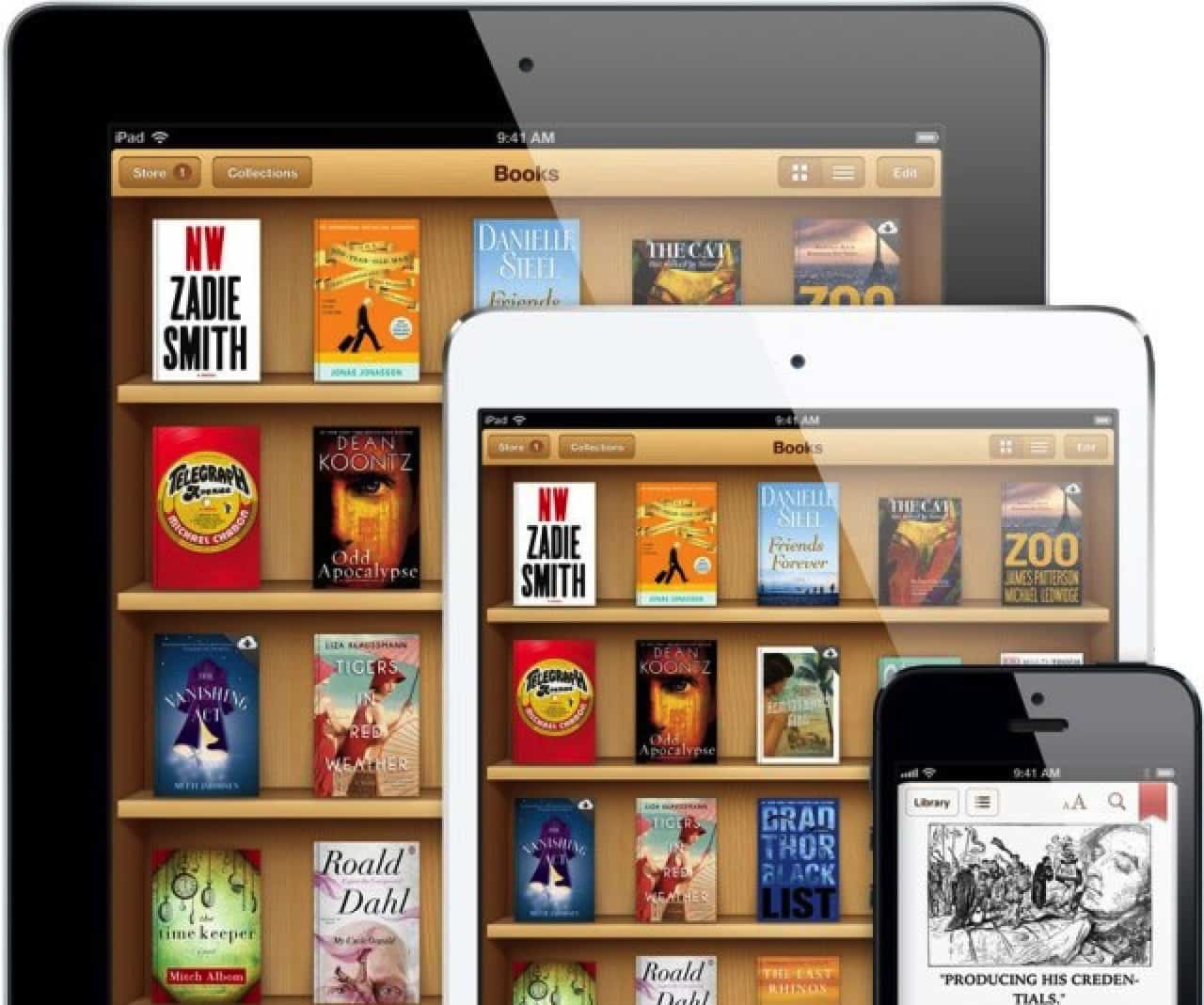
 July 16, 2014: Apple agrees to pay $450 million to resolve the Department of Justice’s antitrust case against the company over e-book pricing in the iBooks Store.
July 16, 2014: Apple agrees to pay $450 million to resolve the Department of Justice’s antitrust case against the company over e-book pricing in the iBooks Store.
 July 15, 2015: Apple introduces the sixth version of its iPod touch, attempting to prove that there’s still a place for the humble music player in the crazy, crazy world of iPhones and Apple Watches.
July 15, 2015: Apple introduces the sixth version of its iPod touch, attempting to prove that there’s still a place for the humble music player in the crazy, crazy world of iPhones and Apple Watches.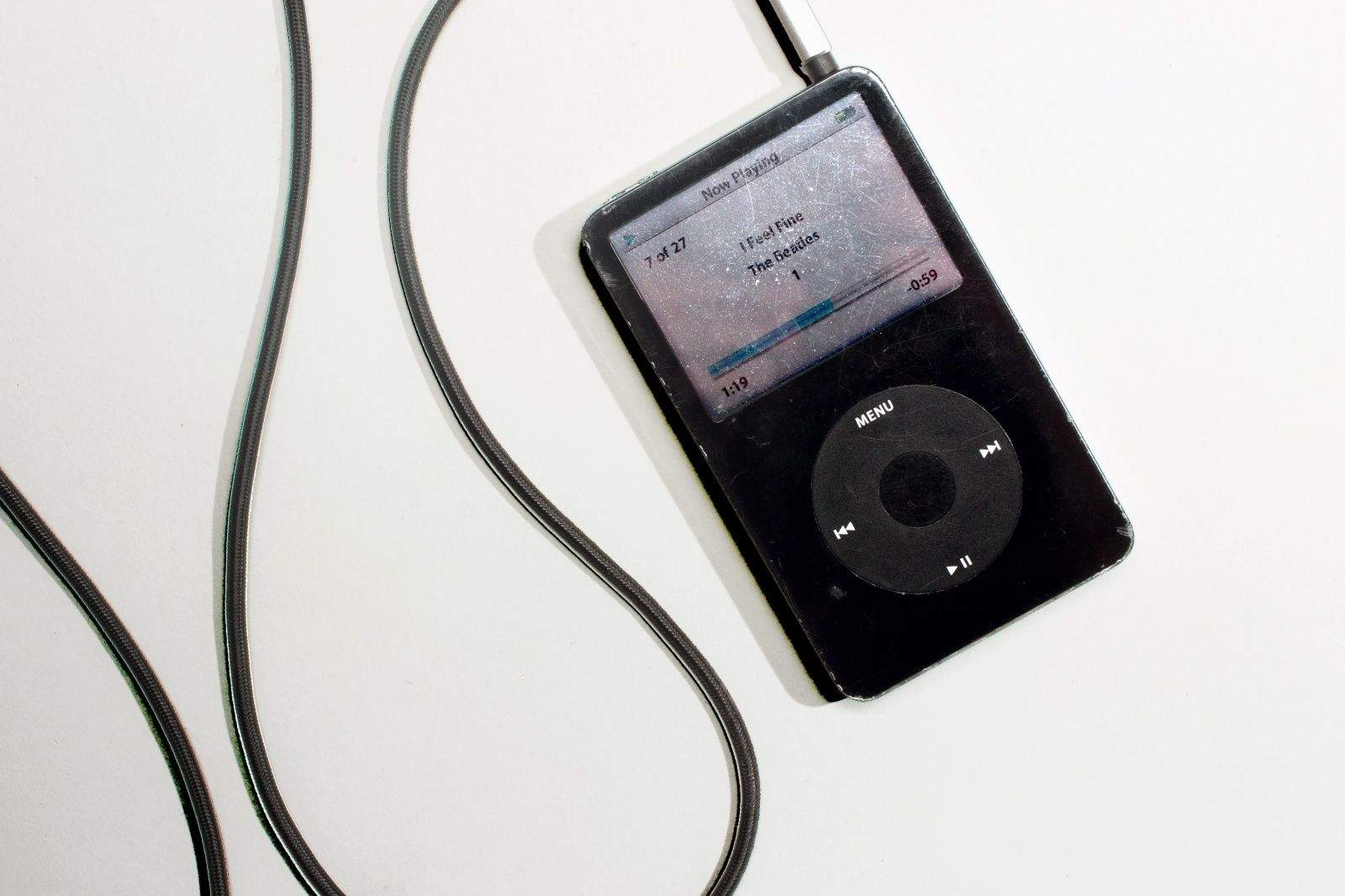
 July 14, 1995: The MP3 file format receives its official name as the new .bit file extension gets changed to .mp3. The technology allows the compression of a standard CD .wav file to one-tenth its original size, courtesy of some smart algorithms.
July 14, 1995: The MP3 file format receives its official name as the new .bit file extension gets changed to .mp3. The technology allows the compression of a standard CD .wav file to one-tenth its original size, courtesy of some smart algorithms.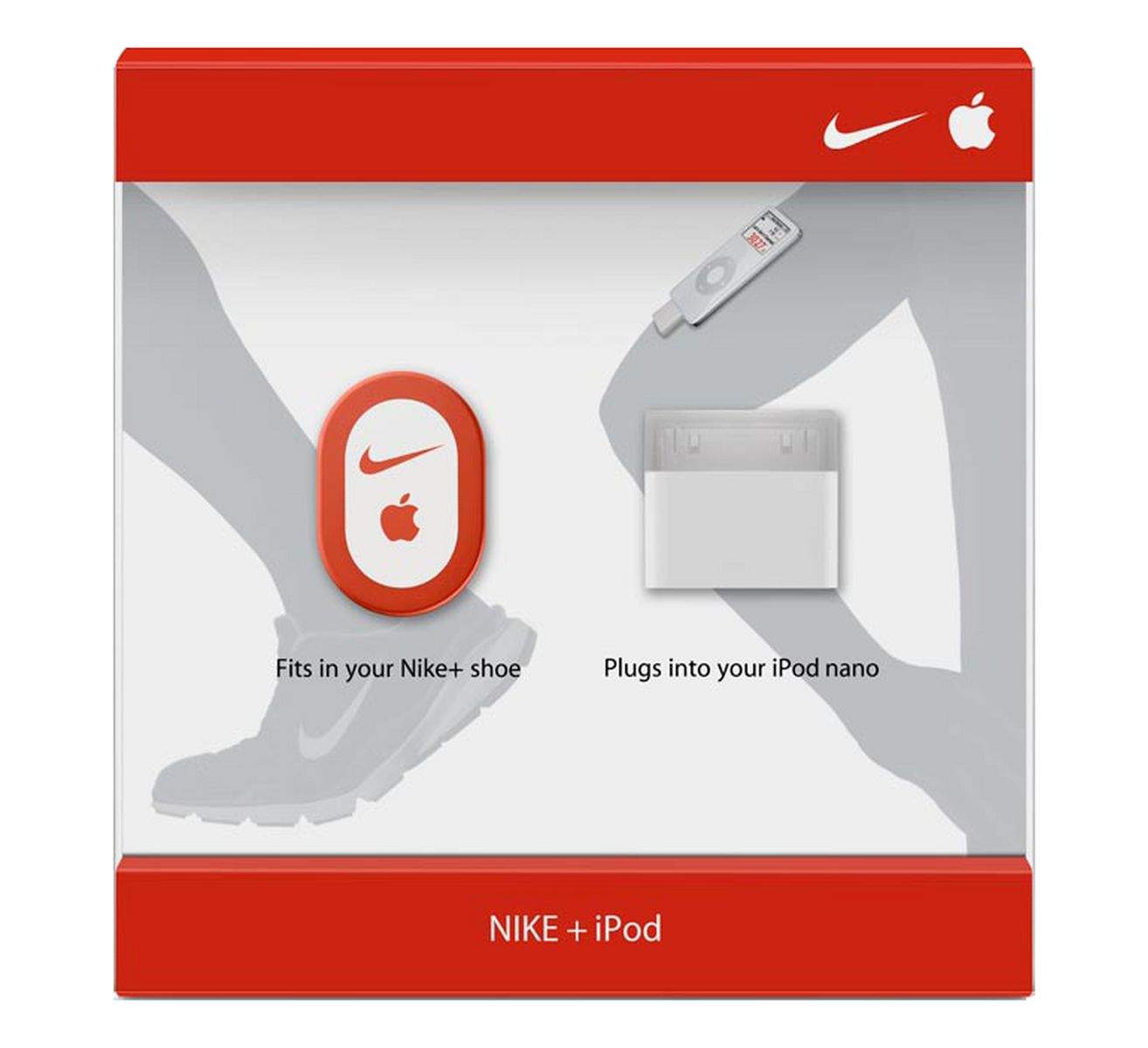
 July 13, 2006: Apple releases its first activity tracker, the Nike+iPod Sport Kit, which combines Cupertino’s popular music player with a smart pedometer.
July 13, 2006: Apple releases its first activity tracker, the Nike+iPod Sport Kit, which combines Cupertino’s popular music player with a smart pedometer.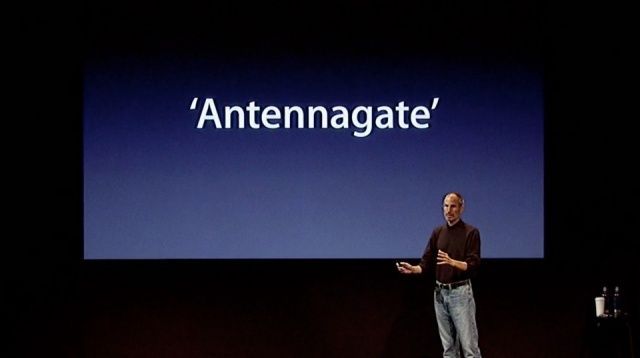
 July 12, 2010: The iPhone 4 suffers a major blow when respected trade publication Consumer Reports says it can’t, in good faith, recommend the new Apple smartphone.
July 12, 2010: The iPhone 4 suffers a major blow when respected trade publication Consumer Reports says it can’t, in good faith, recommend the new Apple smartphone.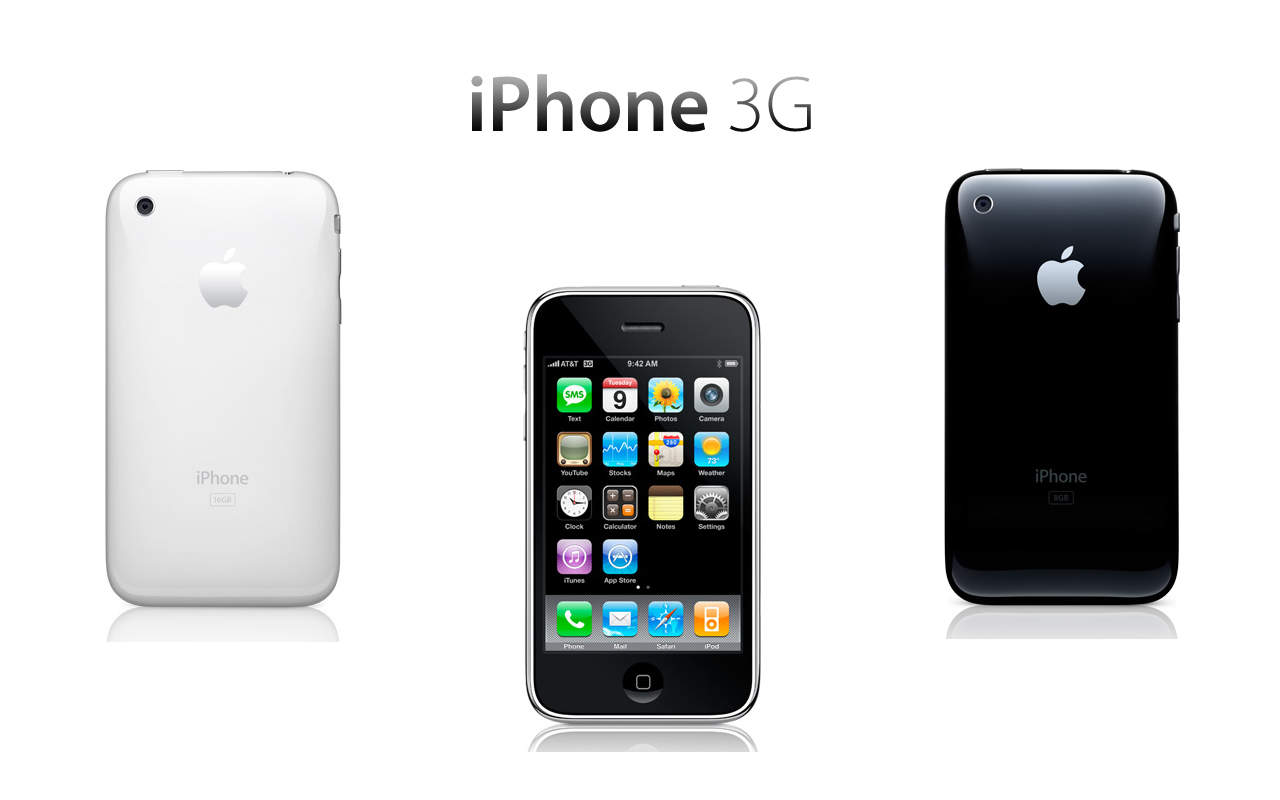
 July 11, 2008: The iPhone 3G goes on sale. Expectations for the smartphone sequel run high, and Apple delivers with the addition of GPS, faster 3G data and a higher-quality build.
July 11, 2008: The iPhone 3G goes on sale. Expectations for the smartphone sequel run high, and Apple delivers with the addition of GPS, faster 3G data and a higher-quality build.
 July 10, 2008: Apple launches the App Store, an online hub that lets iPhone owners browse and download apps made by third-party developers.
July 10, 2008: Apple launches the App Store, an online hub that lets iPhone owners browse and download apps made by third-party developers.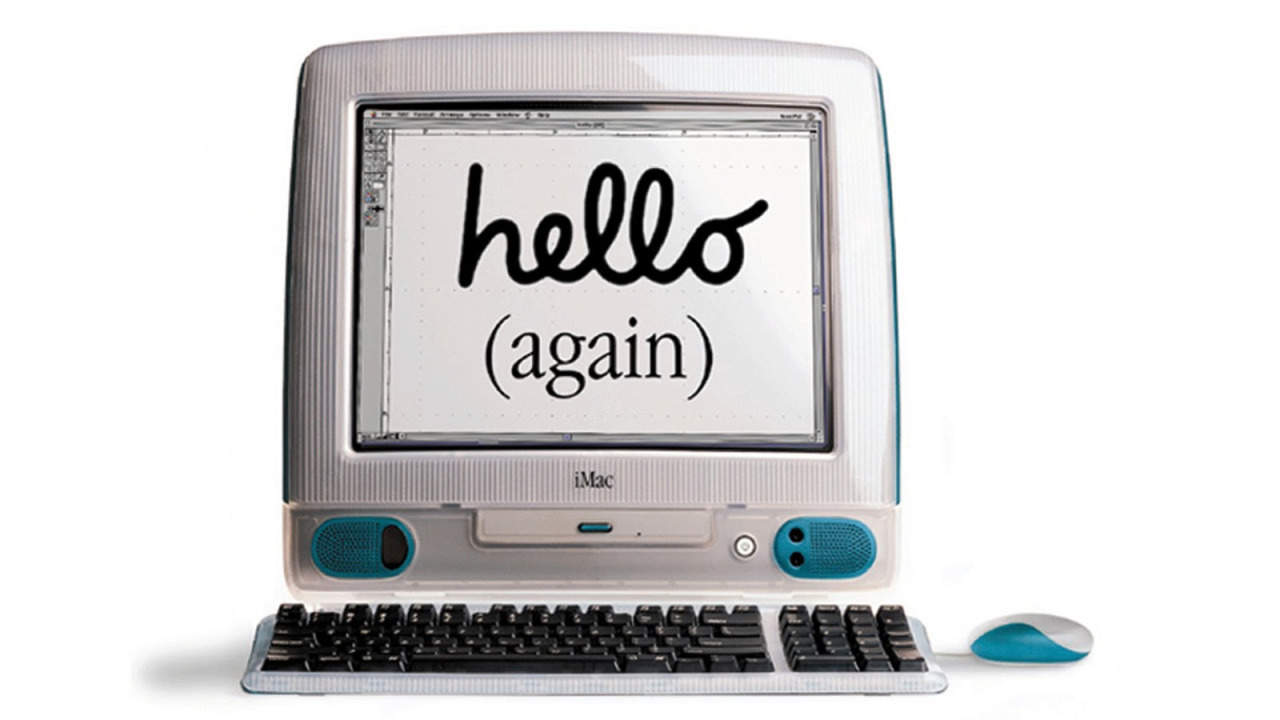
 July 9, 2001: Apple earns the title of No. 1 computer manufacturer in the education market, with twice as many machines in schools as runner-up Dell Computer.
July 9, 2001: Apple earns the title of No. 1 computer manufacturer in the education market, with twice as many machines in schools as runner-up Dell Computer.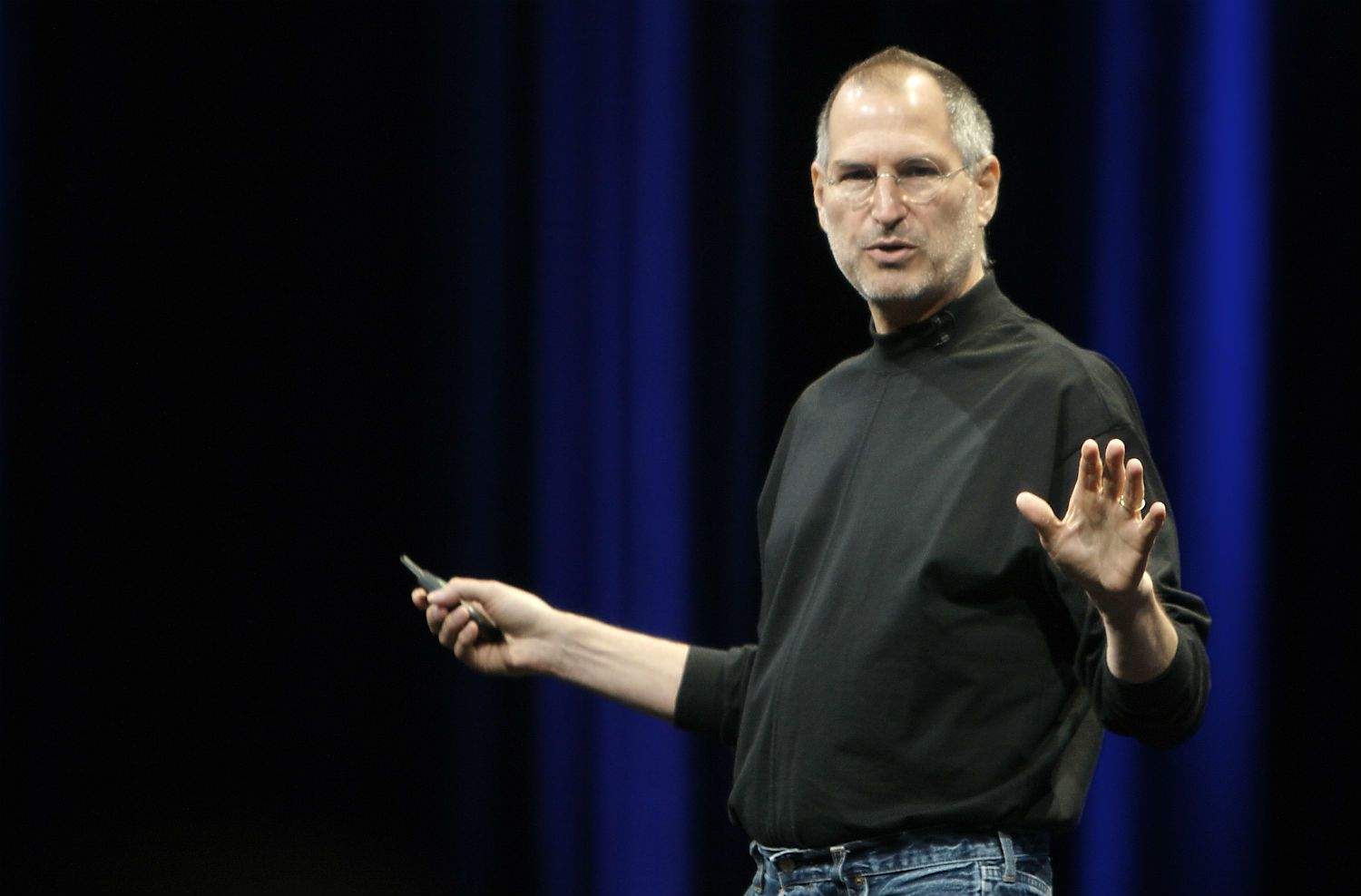
 July 8, 1997: Steve Jobs begins his path to becoming chief executive officer of Apple, after former CEO Gil Amelio
July 8, 1997: Steve Jobs begins his path to becoming chief executive officer of Apple, after former CEO Gil Amelio 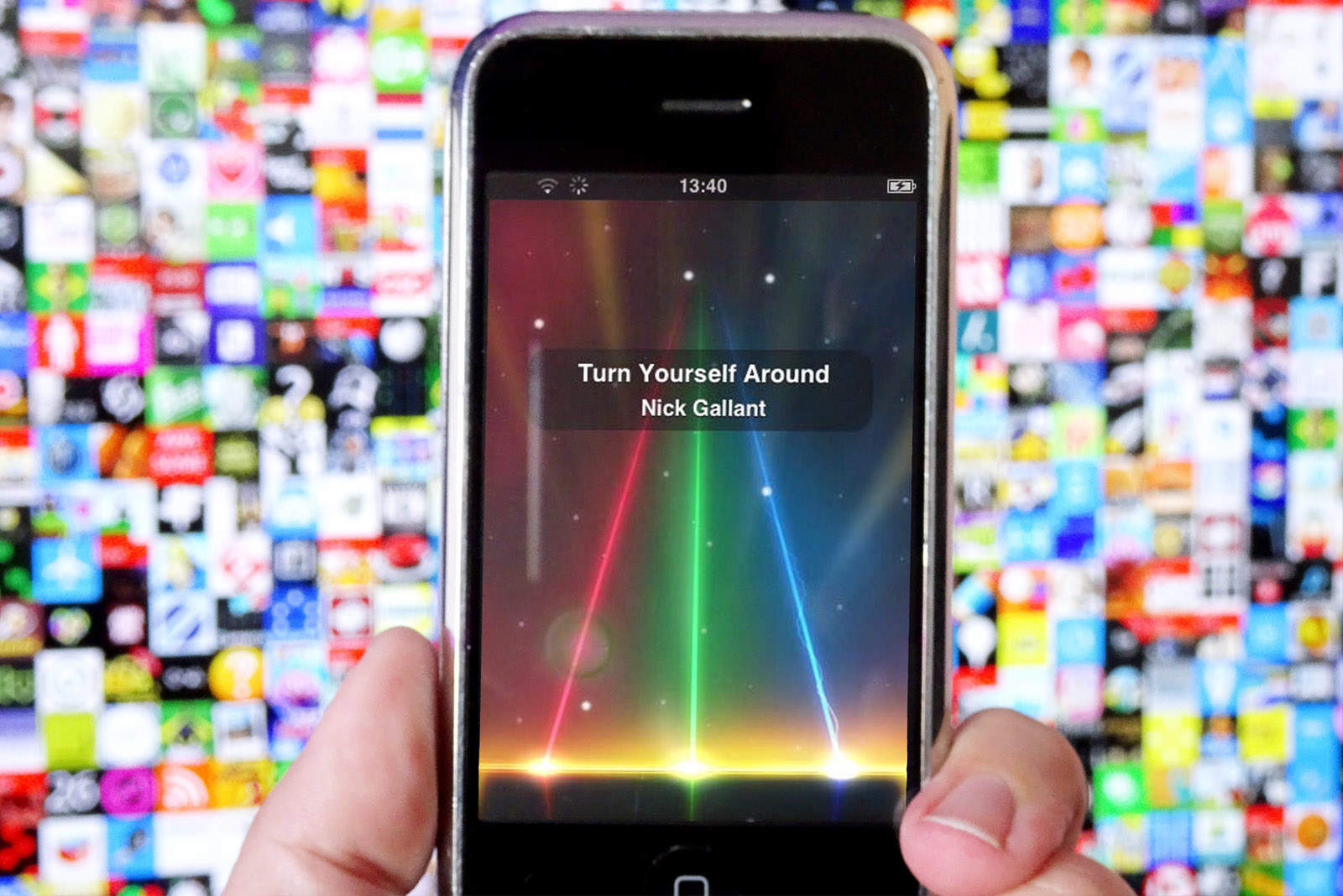
 July 7, 2011: Three years after its launch, the App Store passes 15 billion downloads.
July 7, 2011: Three years after its launch, the App Store passes 15 billion downloads.
 July 6, 1997: Following a massive quarterly loss for Apple, board member Edgar S. Woolard Jr. calls CEO Gil Amelio and informs him that he needs to step down. “You’ve done a lot to help the company, but the sales haven’t rebounded,” Woolard says.
July 6, 1997: Following a massive quarterly loss for Apple, board member Edgar S. Woolard Jr. calls CEO Gil Amelio and informs him that he needs to step down. “You’ve done a lot to help the company, but the sales haven’t rebounded,” Woolard says.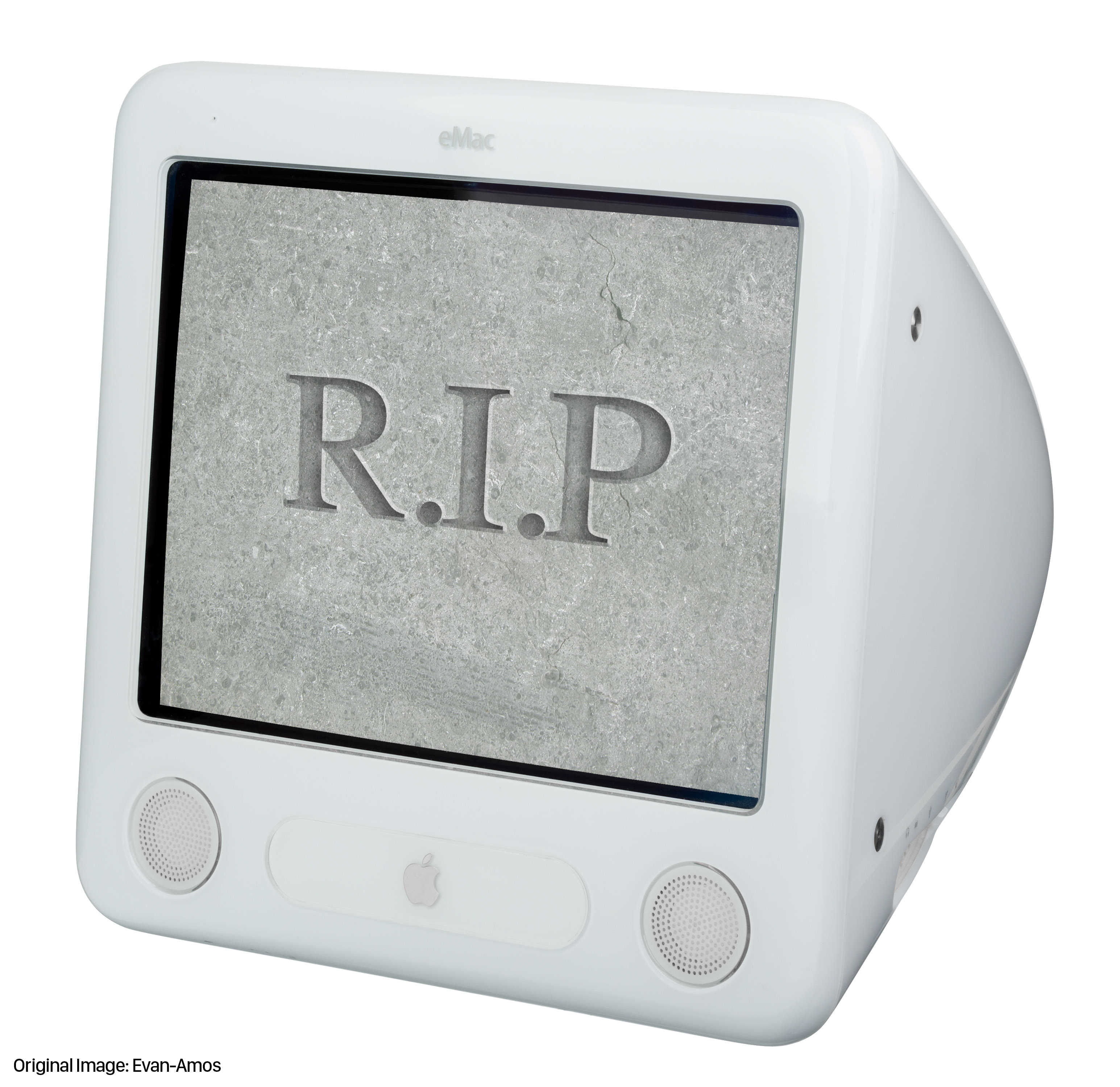
 July 5, 2006: Apple discontinues its low-end eMac product line. The action signals the end of the cathode ray tube era for Macs.
July 5, 2006: Apple discontinues its low-end eMac product line. The action signals the end of the cathode ray tube era for Macs.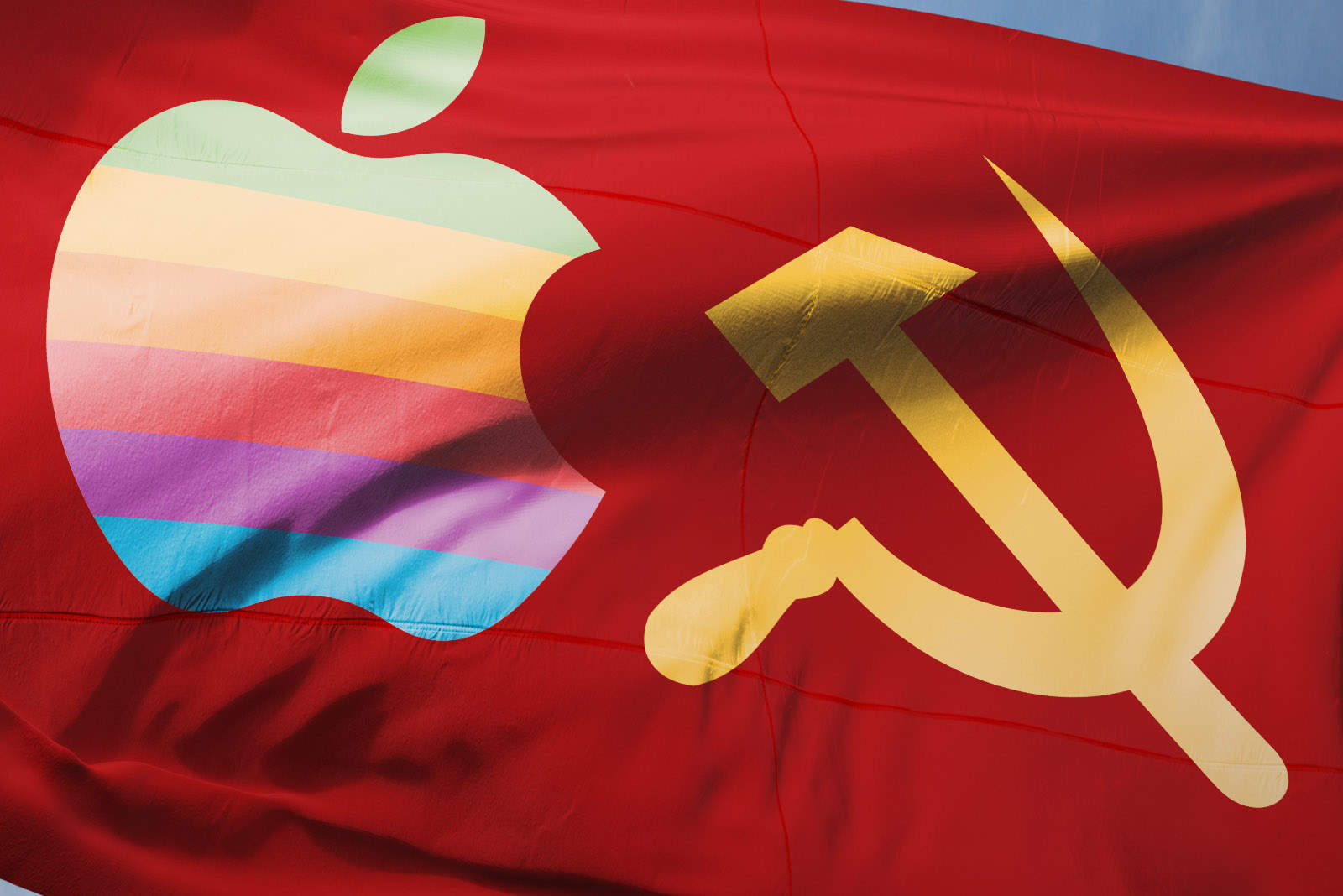
 July 4, 1985: Steve Jobs visits Moscow for the first time, with the aim of selling Macs to the Russians.
July 4, 1985: Steve Jobs visits Moscow for the first time, with the aim of selling Macs to the Russians.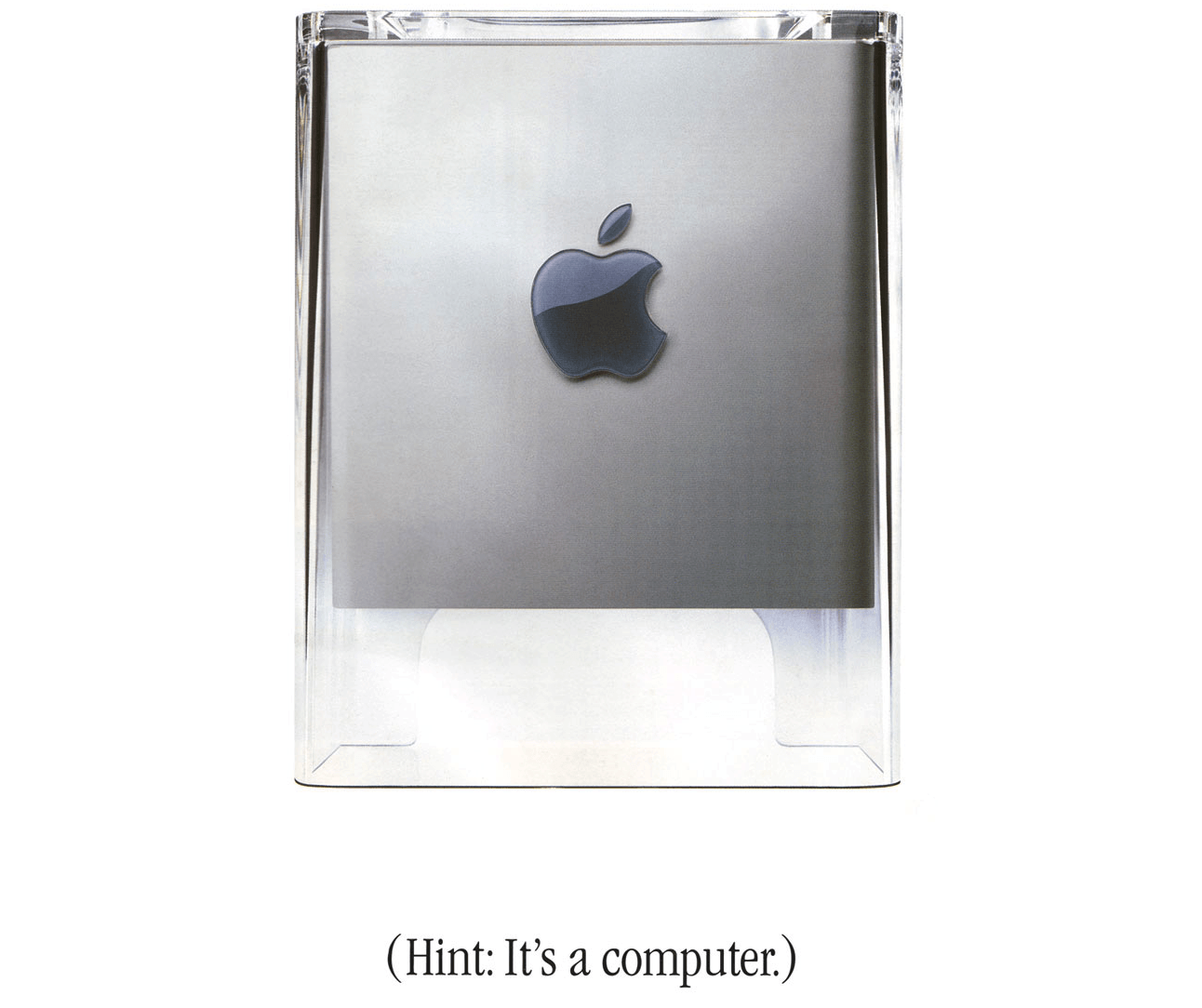
 July 3, 2001: Apple suspends production of its
July 3, 2001: Apple suspends production of its  July 2, 2010: Apple opens up about “Antennagate,” addressing iPhone 4 reception problems for the first time publicly.
July 2, 2010: Apple opens up about “Antennagate,” addressing iPhone 4 reception problems for the first time publicly.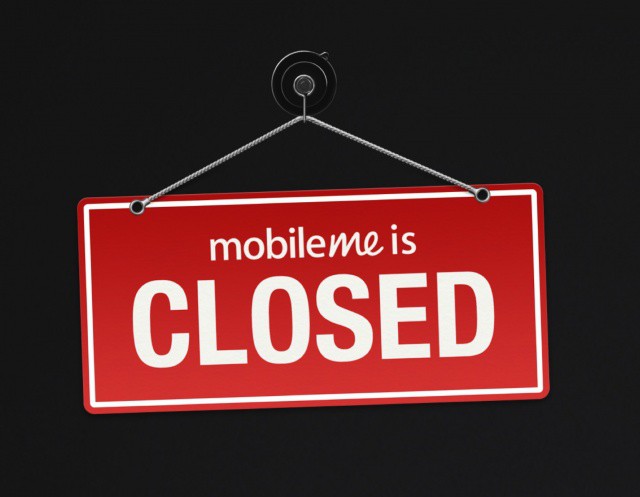
 July 1, 2012: Apple shuts down its MobileMe web service, pushing users to switch to iCloud.
July 1, 2012: Apple shuts down its MobileMe web service, pushing users to switch to iCloud.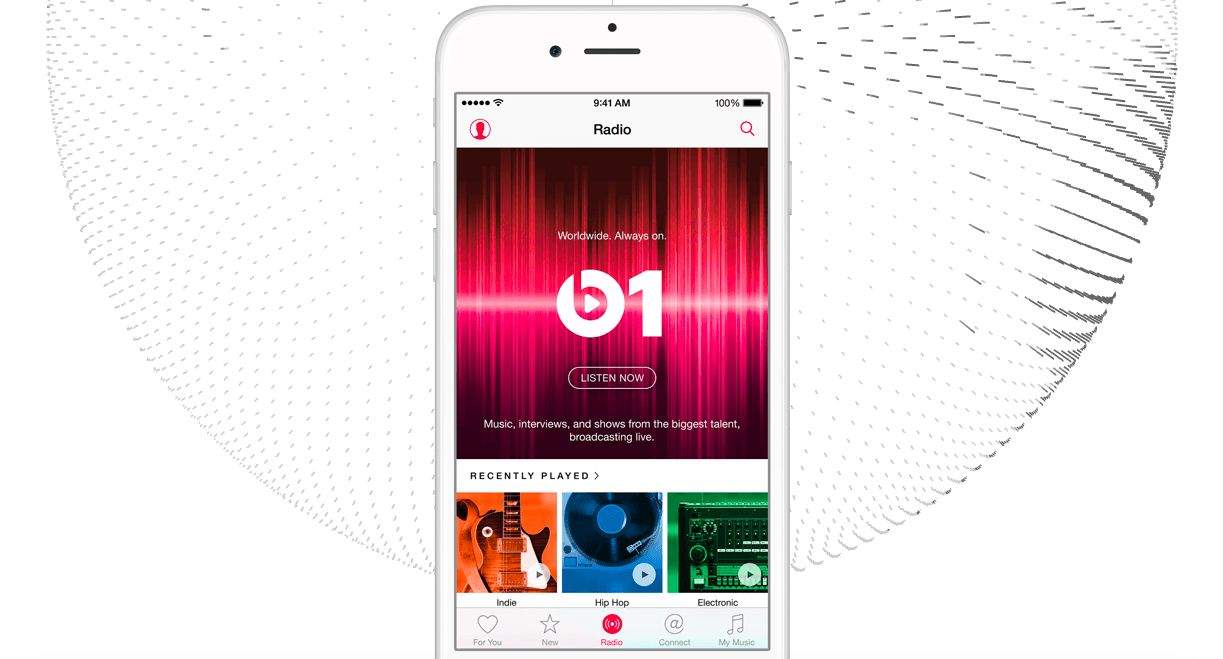
 June 30, 2015: Apple launches 24/7 radio station Beats 1. Part of Apple Music, Beats 1 features top DJs ranging from former BBC presenter Zane Lowe to
June 30, 2015: Apple launches 24/7 radio station Beats 1. Part of Apple Music, Beats 1 features top DJs ranging from former BBC presenter Zane Lowe to 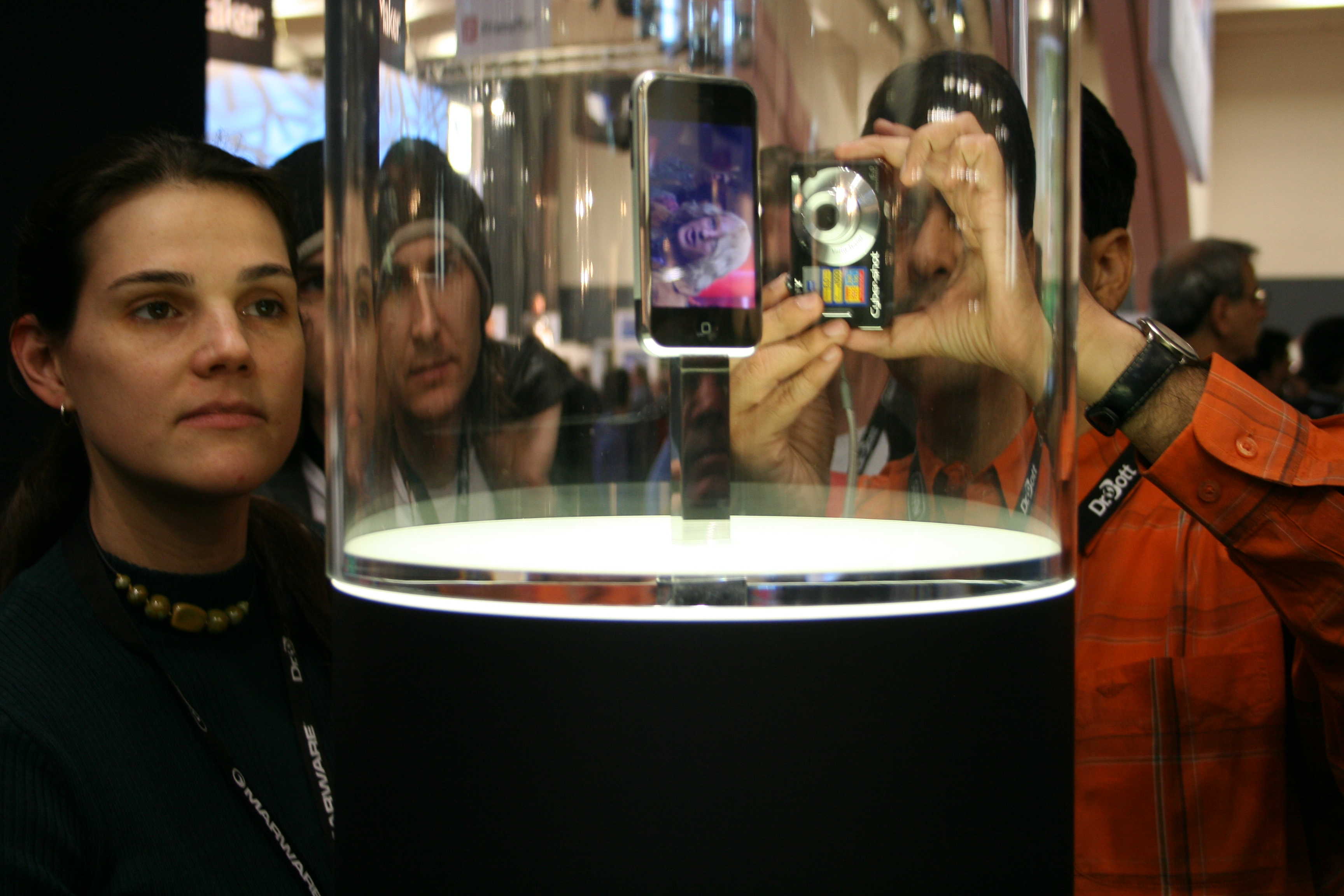
 June 29, 2007: The first iPhone goes on sale, giving excited Apple fans lined up outside stores their first chance at owning the game-changing smartphone.
June 29, 2007: The first iPhone goes on sale, giving excited Apple fans lined up outside stores their first chance at owning the game-changing smartphone.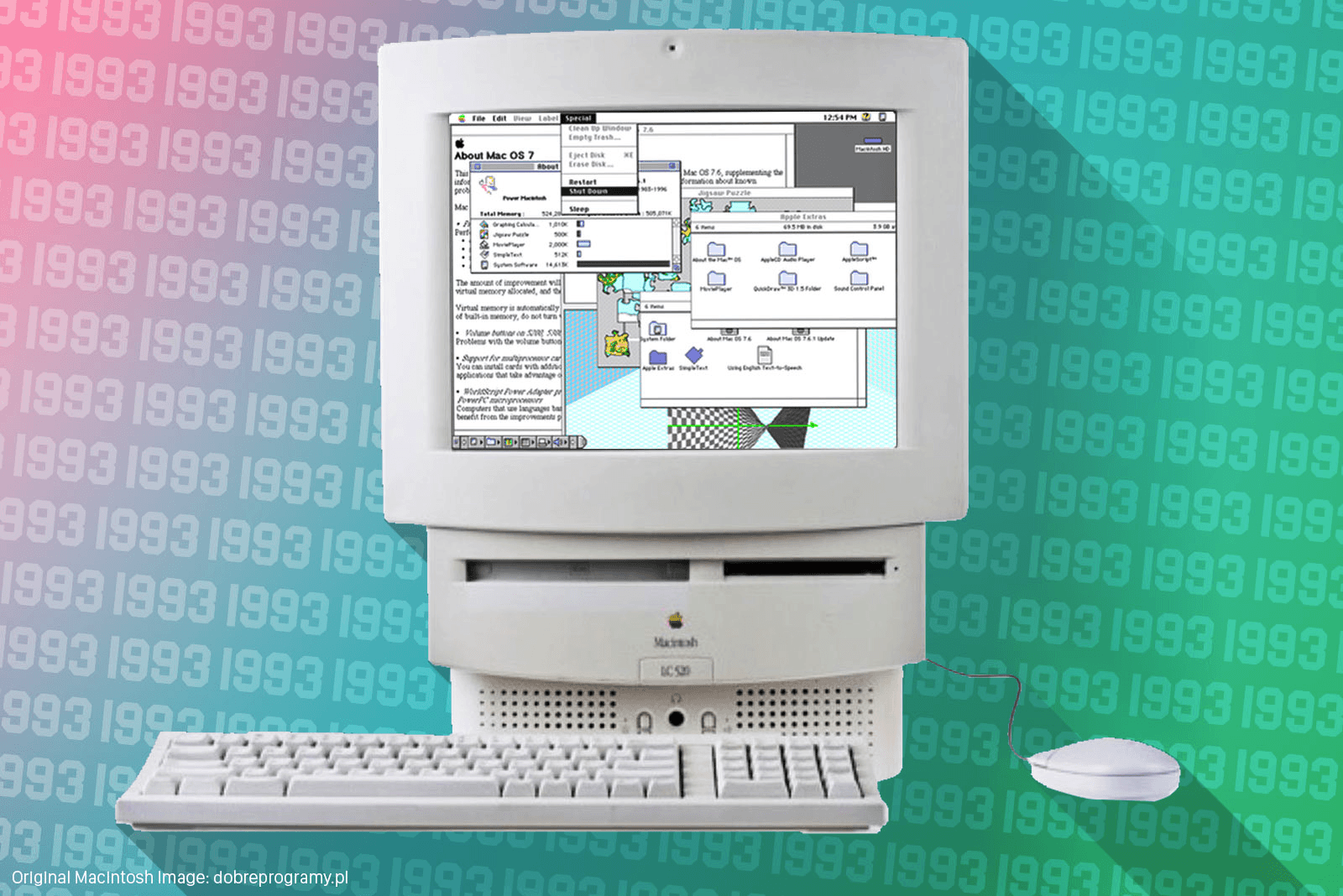
 June 28, 1993: Apple ships the Macintosh LC 520, an “all-in-one” Mac targeted primarily at the education market.
June 28, 1993: Apple ships the Macintosh LC 520, an “all-in-one” Mac targeted primarily at the education market.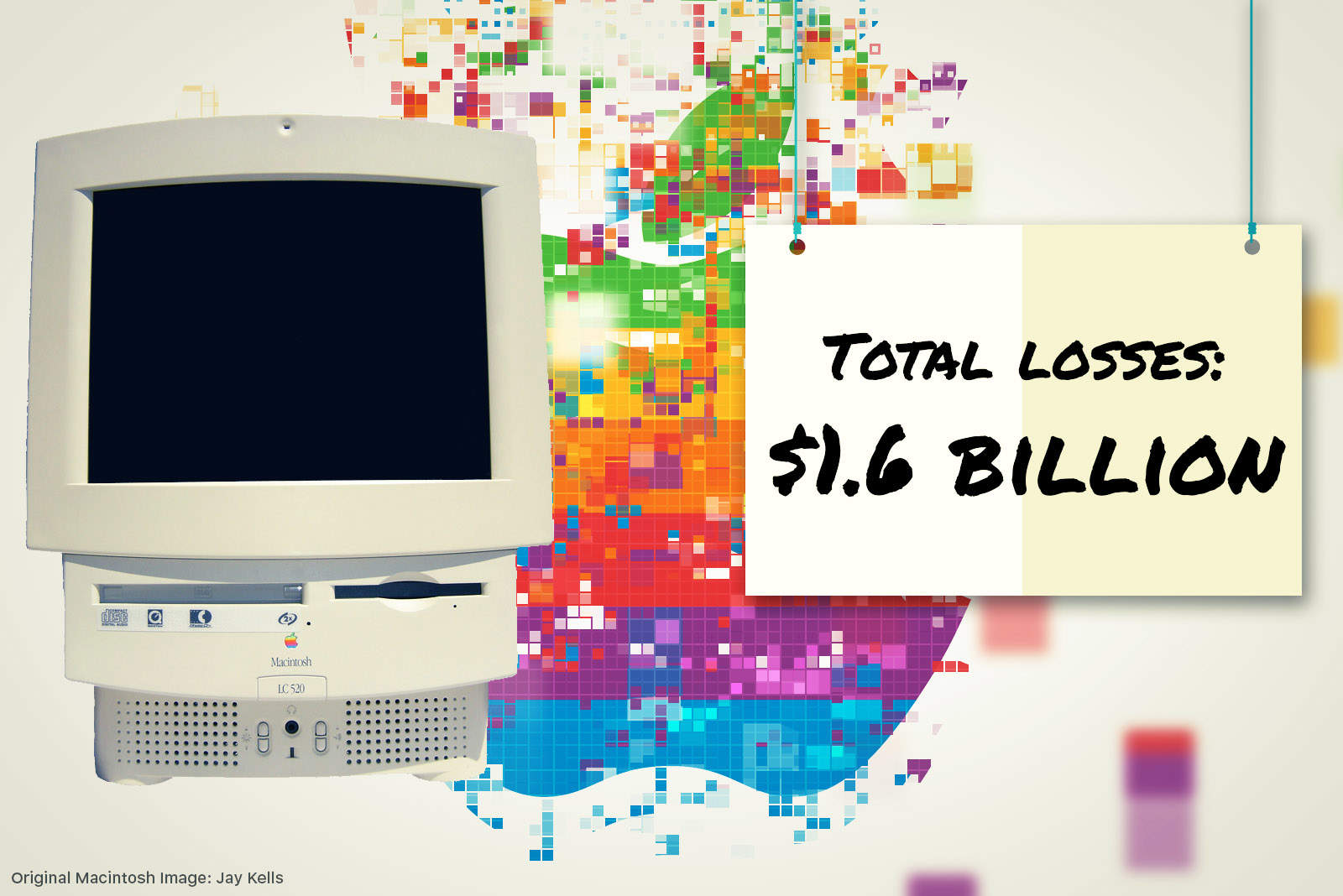
 June 27, 1997: The last day of another disappointing quarter brings an end to CEO Gil Amelio’s 500 days running Apple.
June 27, 1997: The last day of another disappointing quarter brings an end to CEO Gil Amelio’s 500 days running Apple. June 26, 2008: Apple sends an email to developers, calling for software that will be distributed in the forthcoming App Store.
June 26, 2008: Apple sends an email to developers, calling for software that will be distributed in the forthcoming App Store.